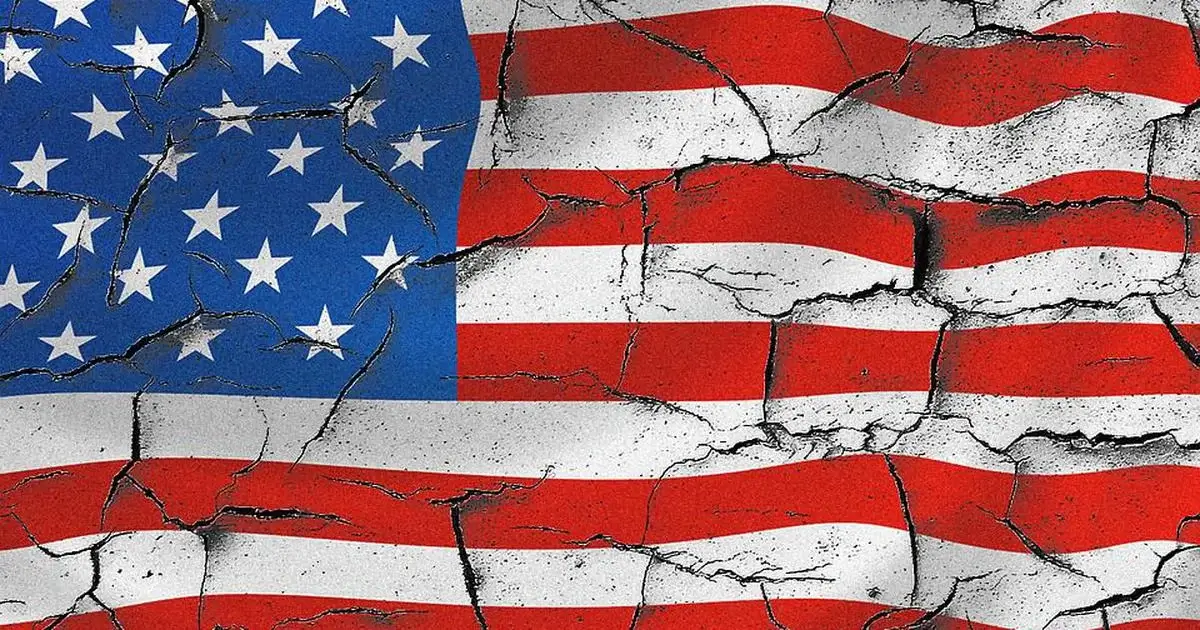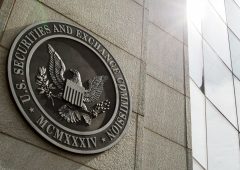U.S. PCE Report Reveals Persistent Inflation Concerns Amid Consumer Strain
28.02.2025 15:53 1 min. read Alexander Stefanov
The latest inflation report from the Federal Reserve, based on the Personal Consumption Expenditures (PCE) index, shows a 2.5% increase in prices year-over-year for January.
This closely watched measure tracks shifts in the cost of a typical set of goods and services, offering an important glimpse into economic trends.
In line with predictions, January’s PCE matched the 2.5% rise anticipated by economists, as per a survey by FactSet. While inflation has significantly decreased from the peak of nearly 9% observed in mid-2022, it continues to outpace the Federal Reserve’s target of 2%. This data comes just after a CPI report, which indicated that inflation surged to 3% annually for the same period.
The persistent nature of inflation is having a clear effect on consumer behavior, prompting the Fed to take a cautious approach regarding further rate cuts. Economists suggest the continued inflation pressure was one of the key factors in the Fed’s decision to hold rates steady in January.
On the consumer front, there’s growing concern about the economic strain. Many Americans report their earnings are not keeping up with the rising cost of living.
-
1
Robert Kiyosaki Predicts 2025 “Super-Crash,” Urges Hoarding Gold, Silver, and Bitcoin
23.06.2025 13:31 2 min. read -
2
Billionaire Slams Meme Stock Hype and Sounds Alarm on U.S. Fiscal Health
15.06.2025 18:00 2 min. read -
3
Billionaire Investor Sees Dollar Crash If Key Support Breaks
18.06.2025 15:00 1 min. read -
4
Nassim Taleb Says Global Trust Is Shifting from the Dollar to Gold
22.06.2025 17:00 1 min. read -
5
Geopolitical Shockwaves Hit Ethereum Hard While Bitcoin Stays Resilient
22.06.2025 16:21 1 min. read
Robert Kiyosaki Predicts When The Price of Silver Will Explode
Robert Kiyosaki, author of Rich Dad Poor Dad, has issued a bold prediction on silver, calling it the “best asymmetric buy” currently available.
U.S. PCE Inflation Rises for First Time Since February, Fed Rate Cut Likely Delayed
Fresh data on Personal Consumption Expenditures (PCE) — the Federal Reserve’s preferred inflation gauge — shows inflation ticked higher in May, potentially delaying the long-awaited Fed rate cut into September or later.
Trump Targets Powell as Fed Holds Rates: Who Could Replace Him?
Federal Reserve Chair Jerome Powell is once again under fire, this time facing renewed criticism from Donald Trump over the Fed’s decision to hold interest rates steady in June.
U.S. National Debt Surge Could Trigger a Major Crisis, Says Ray Dalio
Billionaire investor Ray Dalio has sounded the alarm over America’s soaring national debt, warning of a looming economic crisis if no action is taken.
-
1
Robert Kiyosaki Predicts 2025 “Super-Crash,” Urges Hoarding Gold, Silver, and Bitcoin
23.06.2025 13:31 2 min. read -
2
Billionaire Slams Meme Stock Hype and Sounds Alarm on U.S. Fiscal Health
15.06.2025 18:00 2 min. read -
3
Billionaire Investor Sees Dollar Crash If Key Support Breaks
18.06.2025 15:00 1 min. read -
4
Nassim Taleb Says Global Trust Is Shifting from the Dollar to Gold
22.06.2025 17:00 1 min. read -
5
Geopolitical Shockwaves Hit Ethereum Hard While Bitcoin Stays Resilient
22.06.2025 16:21 1 min. read


